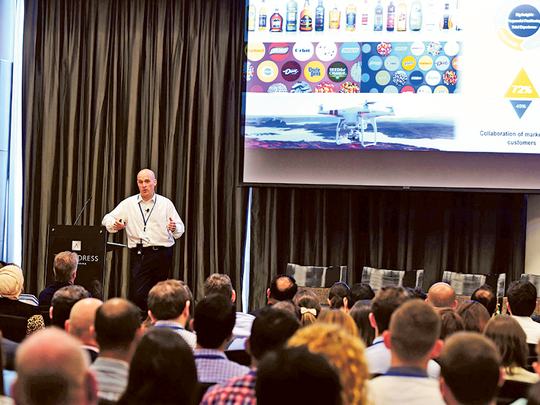
Dubai: E-commerce operators — even the biggest and greatest among them — will need to carve out a middle ground, which is where the “omnichannel” comes in. Getting that bit right immediately raises the online vendor’s chances of securing a deeper connection with audiences. Or even help them widen that base.
In its simplest sense, omni-channels try to mix up the best of both worlds — online as well as brick-and-mortar. Amazon is experimenting with physical bookstores, while fashion-focused online portals are going ahead with shop-in-shop presence in major-league department stores.
The lines are clearly blurring between the physical and cirtual worlds. More of the same would help.
E-commerce operators “get it wrong when they think themselves as everything, they don’t see themselves as part of a broad ecosystem of various human interactions,” said Richard Ingleton, Chief Operating Officer of the global marketing research firm Kantar Consulting and Chairman of Insights. “They don’t share their data with their partners and don’t recognise the real competition from offline providers.
“There will come a point when a new norm will grow between offline and online channels in this omnichannel world. And that’s where they are going to find better finessing at what they do. Perhaps that’s what the focus should be for e-commerce providers.
“We need to encourage people to look at digital channels and offline channels as one. We call these omni-channels and this is how brands need to work on when it comes to customer interaction. I feel we will see a merger of e-channel providers with other channels and that will help develop a deeper bond and understanding.”
But the region’s advertisers seem more obsessed with what digital platforms can offer them in the present. While digital ads in the US are all set to surpass those on TV next year, in the Middle East, that’s going to some way off. Current estimates place digital ads at 20 per cent of the overall spending.
Ingleton insists that a bit of perspective is still necessary. “There’s a lot of room for customer centricity in e-commerce, but brand owners need a different approach to reach out to customers as per their specifications and demands,” he said. “A lot depends upon the category.
“I’m not just going to buy a car without driving it or without asking friends or without a dealership. But if I’m buying a box of cereals, then it will probably make its way into my online shopping cart.
“What’s more important is that each brand owner needs to focus on specific — yet effective — touchpoints. For instance, if the brand has 50 touchpoints with the customer, whether online or offline, the brand should focus only on those which make the biggest difference to sales. Instead of delivering all 50 touchpoints, it will work better to pick up five or 10.
“We should remember that when it comes to interaction with the consumer, two things remain in force. One is the category — while some demand a lot of interaction, there are others which don’t. The other is the segment the customers are in.
“We definitely need new rules because the journey of purchase is far more complicated. In the old days, the purchase decision journey was pretty simple and straightforward.
“Now, there are a number of platforms and forums that effect the purchase we make. The trick is to understand the things that make the biggest difference to purchase intents to your category and focus on those.”











